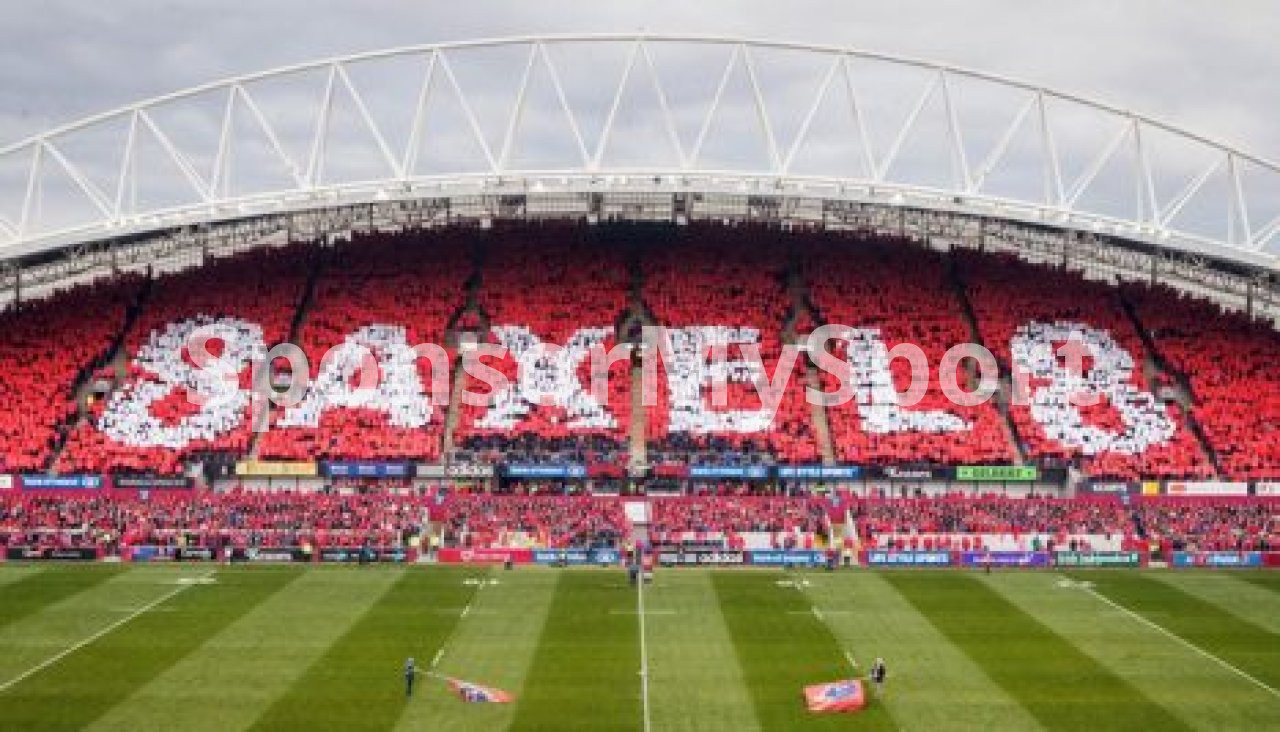The Costs of Building Sports Venues

Title: The Costs of Building Local Sports Venues: A Complex Financial Landscape
Local sports venues, such as stadiums and arenas, play a vital role in fostering community spirit, providing entertainment, and serving as hubs for athletic competitions. However, the construction of these venues comes with significant financial considerations. Building local sports venues involves complex financing models, substantial investment, and potential economic implications. This article explores the costs associated with constructing local sports venues and sheds light on the financial landscape surrounding these ambitious projects.
-
Construction Costs: The primary expense of building local sports venues stems from construction costs. These costs can vary greatly depending on the size, location, design, and materials used. Factors like the complexity of the architectural design, infrastructure requirements, seating capacity, amenities, and technological advancements all contribute to the overall price tag.
-
Financing Models: To fund the construction of local sports venues, various financing models are employed. The most common methods include public funding, private financing, and public-private partnerships (PPPs). Public funding involves taxpayer dollars allocated by local governments, which can be a controversial issue as it diverts public funds from other essential services. Private financing involves private investors or team owners bearing the majority of the costs, often in exchange for ownership rights or revenue-sharing opportunities. PPPs combine public and private funding, sharing both the risks and rewards between the two parties.
-
Economic Impact: Proponents of building local sports venues argue that they can stimulate economic growth and bring substantial benefits to the surrounding community. Projections often include increased tourism, job creation, and revenue generation through ticket sales, concessions, and local business activities. However, the actual economic impact can vary, and studies have shown mixed results. Critics argue that the economic benefits are often overstated, and the financial gains may not outweigh the initial investment and ongoing maintenance costs.
-
Operating and Maintenance Costs: Beyond the construction phase, local sports venues also incur significant operating and maintenance expenses. These include staffing costs, utilities, facility maintenance, insurance, security, and regular upgrades or renovations. It is crucial for venue operators to have a sustainable business plan to cover these ongoing costs to ensure the long-term viability of the venue.
-
Community Considerations: Local sports venues are often seen as community assets, and their construction involves community engagement and input. Public sentiment, community needs, and environmental concerns can influence the decision-making process. Balancing the desire for modern, state-of-the-art facilities with the financial capacity of the community can be a challenge, requiring careful planning and transparent communication with stakeholders.
-
Legacy and Long-Term Sustainability: Building local sports venues should involve careful consideration of their long-term sustainability and legacy. The facilities must be adaptable to changing sporting and entertainment trends, ensuring continued relevance and usage beyond the initial years. Engaging in post-construction planning, such as securing long-term tenants, hosting a variety of events, and exploring revenue diversification opportunities, can contribute to the long-term financial viability of the venue.
Conclusion: Constructing local sports venues is a complex undertaking that requires substantial financial investment and consideration. From the construction costs to the financing models, economic impact, and ongoing operational expenses, multiple factors influence the financial landscape surrounding these projects. Striking a balance between the aspirations of the community, the financial feasibility, and the potential economic benefits is crucial to ensure that local sports venues can thrive, foster community engagement, and contribute positively to the overall well-being of the region.
Copyright 2023 Sportvertiser.com





